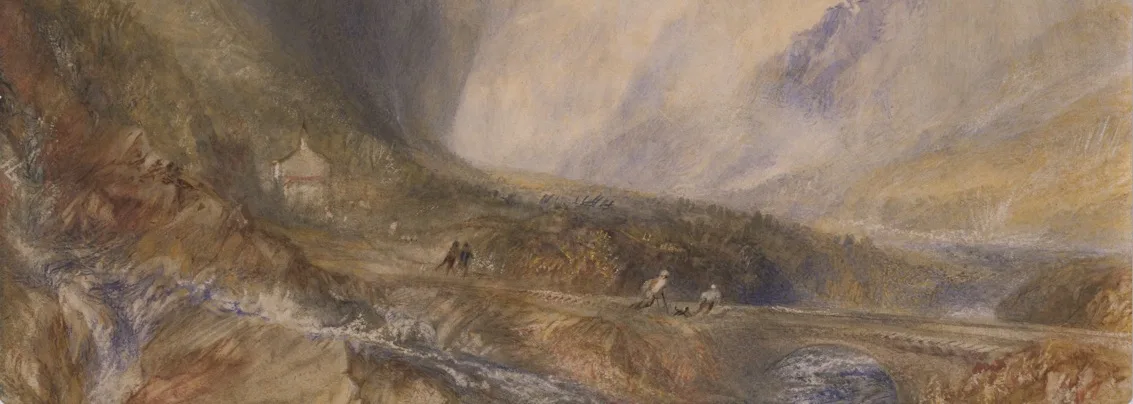Le Tour de France is rightly billed as the world’s most famous, and toughest cycle race. In the 121 years since its debut race (1903), Le Tour has been a source of extraordinary sporting achievement, controversy, and even death. The overall winner is the cyclist with the lowest combined time, hence the importance of having the right timing partner, in this case, Tissot.
Created in 1903 to help the flagging circulation figures of the French newspaper, L’Auto, the first edition of Le Tour de France saw just 78 men leave the start line for a 2,428km three-week circuit of the French nation.
Intrinsically, little has changed in this 121 years. The race is still an approximate 3,000km course around France, usually held for three weeks in July, in which riders compete over a series of stages over differing terrain and distance, and where the overall winner is the cyclist with the lowest combined time. For the first Tour, the winning margin was almost three hours, so keeping track of the cyclists was not a problem and accomplished by stewards with stop watches.
The winner of the first Tour de France, Maurice-François Garin (centre, arms folded), who made it in 94h, 33 minutes, 14s. He also won in 1904 but was stripped of his title for cheating.

However, these days, with over 170 riders, every thousandth of a second counts. Over all the stages, the riders’ times are compounded, and the lowest cumulative total is the leader of the race and wears the yellow jersey (maillot jaune). With one exception, in 1989, the rider wearing the maillot jaune as the peloton enters Paris on the final day was crowned the winner.
Tissot, who is once again the official partner for Le Tour, knows that it is much more than simply recording the time for each cyclist over each stage. Given the number of riders and the tight finishes, measurement down to 1/10,000th of a second is required to sometimes separate cyclists at the line. All bikes are equipped with transponders that emit a unique signal which is captured by sensors at intermediate points along the route and at the finish line.
The classifications system within the race makes timing in the Tour de France specially complicated. Aside from the overall first finisher in every stage, there are races within the races for different categories, plus overall positions, that need to kept track of. Tissot communicates all the timekeeping data in real time to the scoreboards and media channels.

At the finish of each stage, timing data from Tissot records winners in a multitude of categories.
This is the 14th occasion Tissot has been the official timekeeper of Le Tour, initially from 1988 to 1992, and then from 2016 in a more comprehensive role as timer to all cycling events under the umbrella of the International Cycling Union (UCI). The importance of accurate timing became obvious in 1989, when Greg LeMond defeated Laurent Fignon by eight seconds, after 87 hours across 3,285 km, when the final ride into Paris was a 24.5km time trial. It was sporting theatre at its finest as LeMond completed one of the greatest rides in competitive cycling. Over the short distance, he had to overhaul a 50 second deficit to Fignon to win. Most thought it impossible, but from somewhere, the American found the necessary energy and speed, as the Tissot clock counted down the time at the finish.
Click Here to watch LeMond overtaking Fignon on the final stretch of Le Tour de France, 1989.

Primož Roglič, Tissot’s cycling ambassador and current Olympic time trial champion – who has known heart ache in losing the maillot jaune in the penultimate stage of Le Tour in 2020 – acknowledged, “Time is everything – every second counts. It’s always tight, sometimes you win, sometimes you lose.”
To celebrate its involvement this year, Tissot has released the PR 100 Tour De France watch, a stylish stainless steel cased chronograph, with a black grained textured dial containing three snailed-finished subdials for the 30-minute timer, 1/10th second timer, and small seconds. The central chronograph seconds hand is bright yellow (after the maillot jaune) with a time trial bike silhouette counterweight. It comes with a metal bracelet and a leather/rubber strap. Under the dial is a Swiss quartz movement and the back of the watch features the engraved Tour de France logo.



PR 100 Tour De France watch on bracelet or custom designed strap, ideal for cycling or any other active sport.
Author: Andrew Hildreth
Opening image: Tissot cycling ambassador, Olympic Time Trial Champion, Primož Roglič looking pensive before the start of a Tour de France time trial.

















Show Comments +